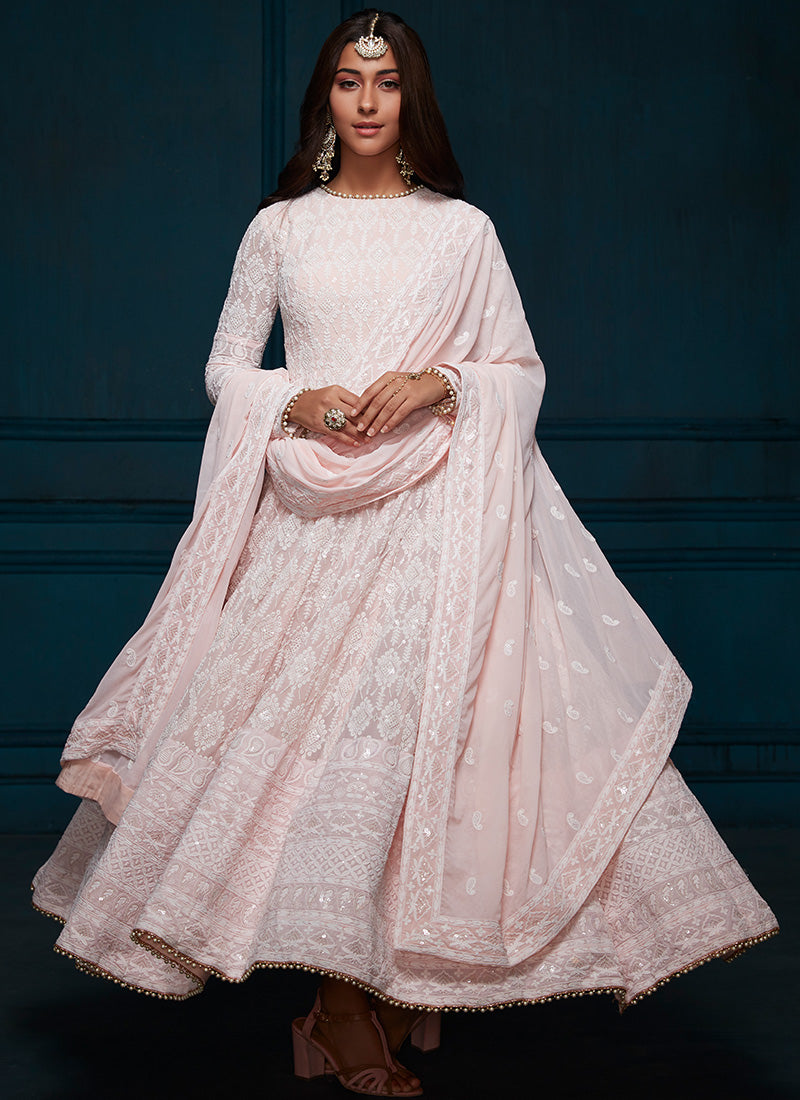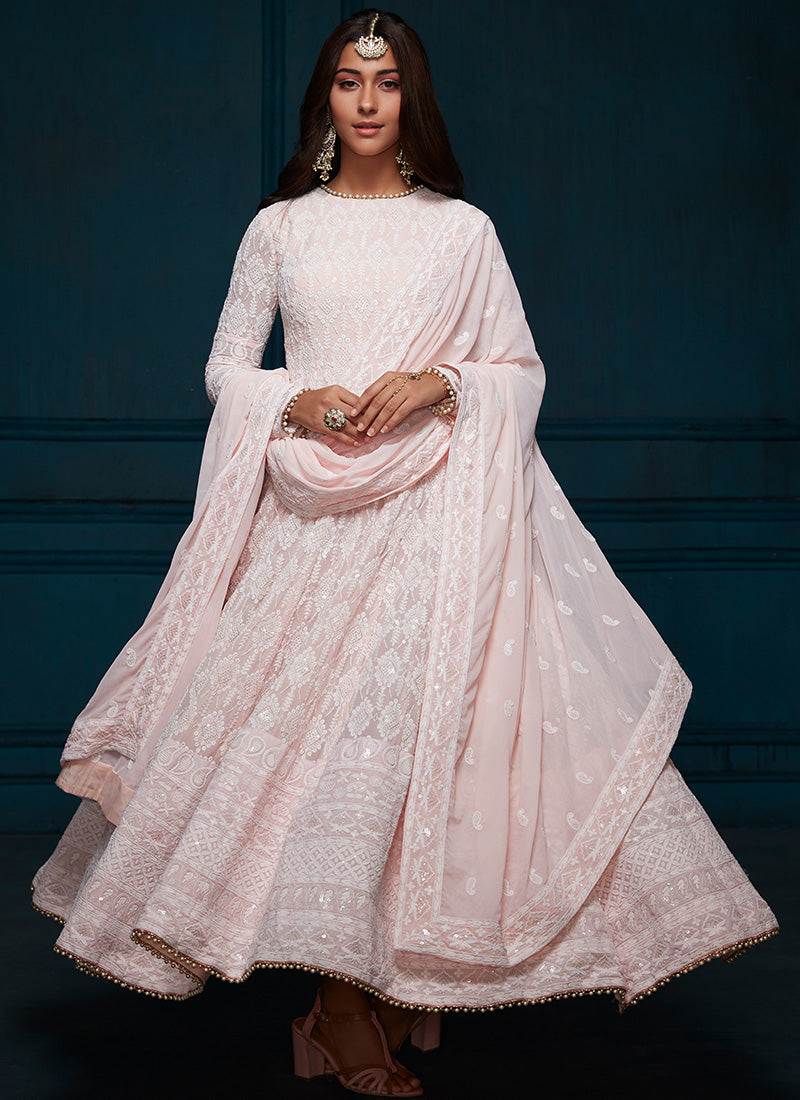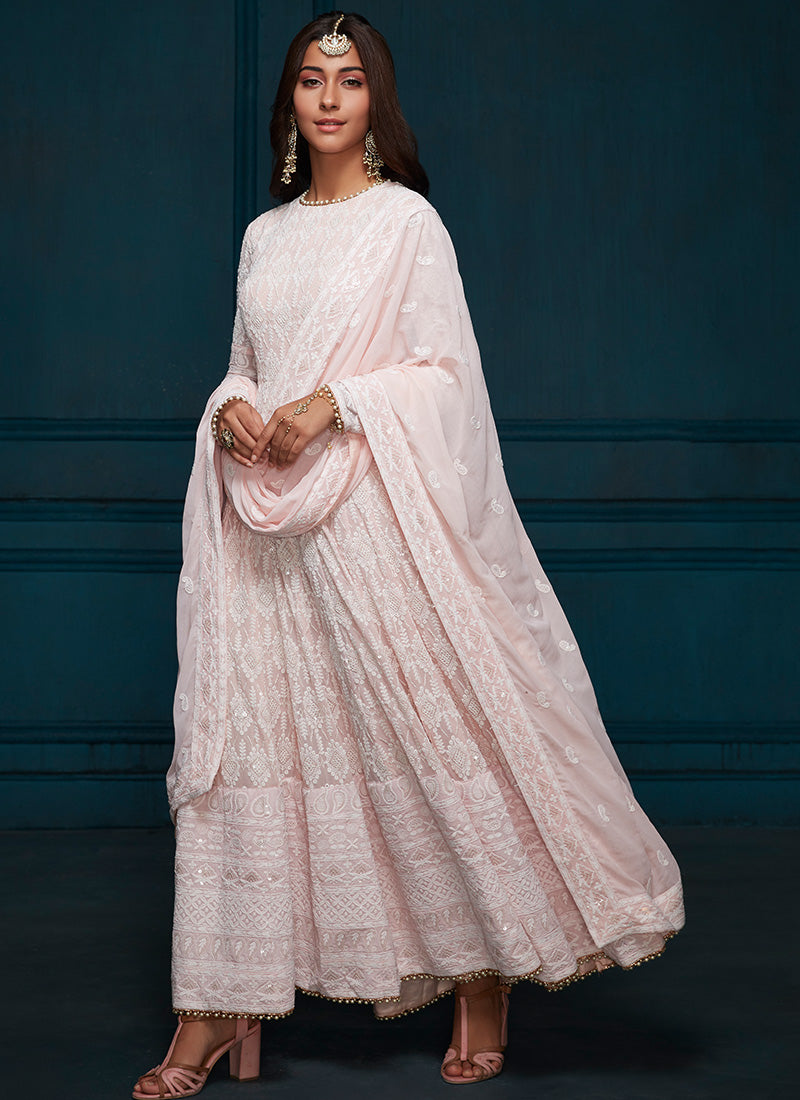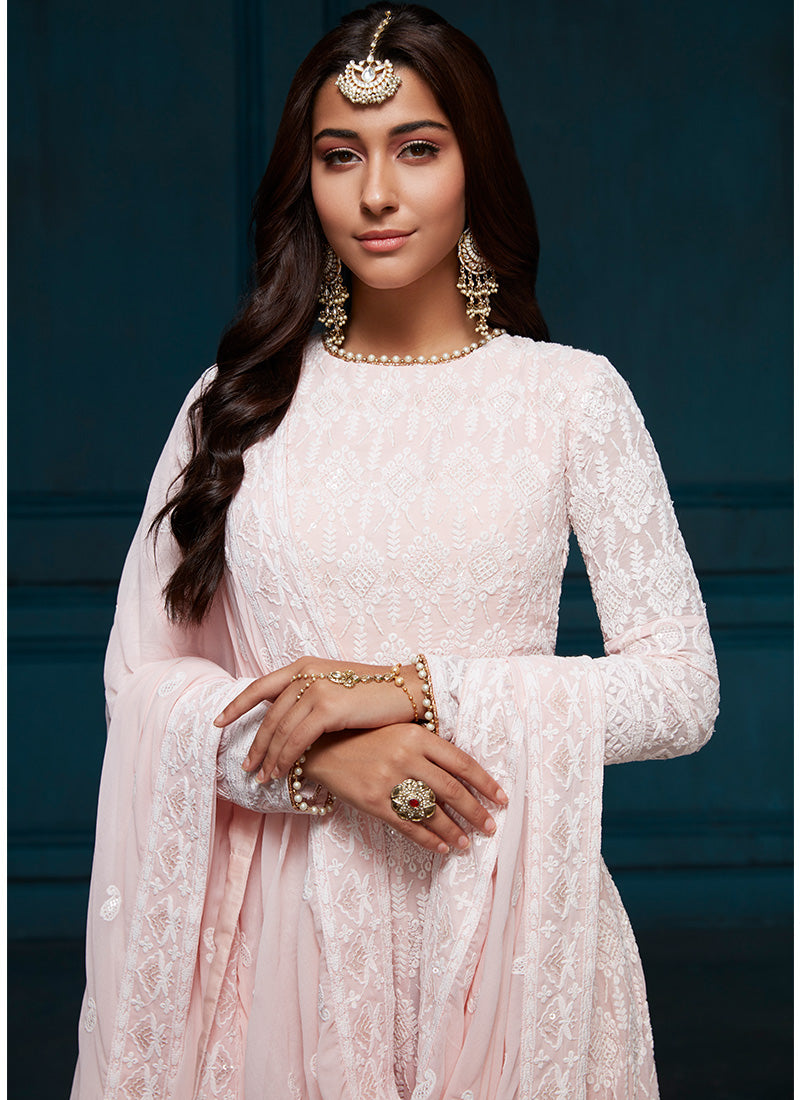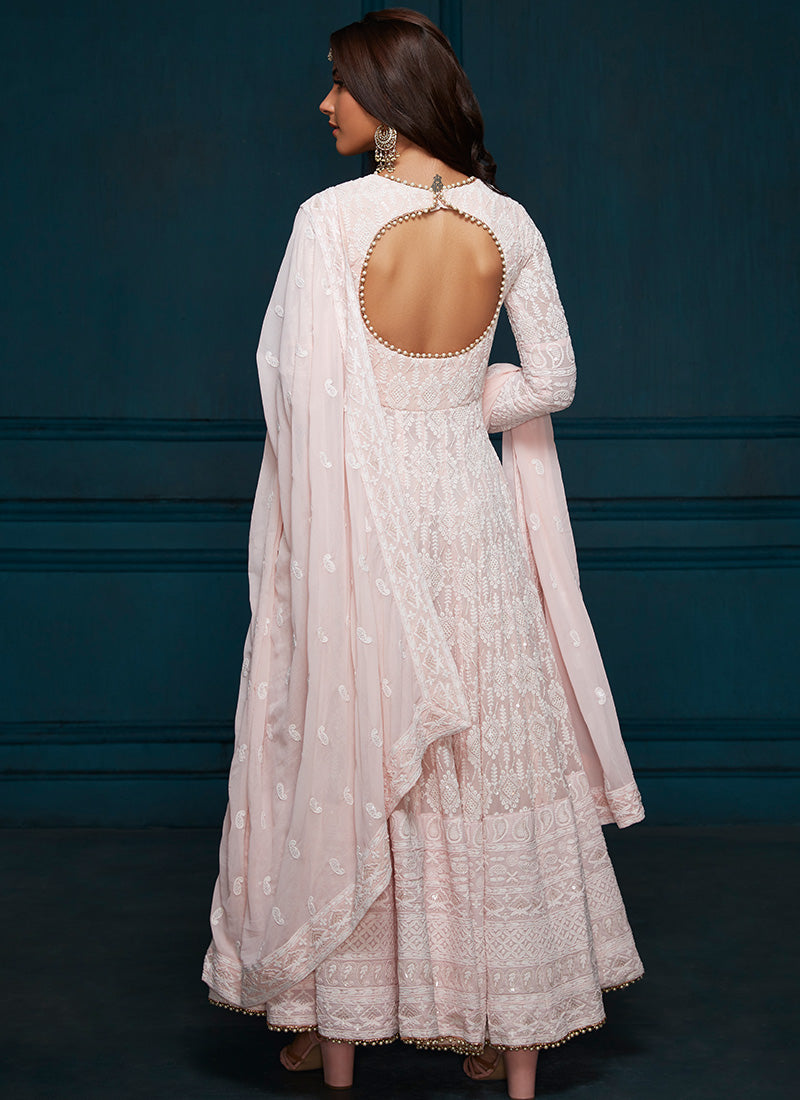The connotations associated with indian outfits are much more than fashion. It’s rooted in diversity and a rich cultural heritage; only the surface is fashion-filled. From the choice of a color to the outfit's work, design, and silhouette, every little detail may have meaning and significance in the culture.
Lashkaraa unlocks each type of Indian dresses and when to wear each one of them.
Classic Indian Dress Styles for Men

While women have a vast variety of traditional Indian dresses to choose from – from everyday simple kurta styles that may be paired with a traditional pajama, churidar or salwar, or with jeans even, to opting for elegant sarees and lehengas for the festive and wedding season – men equally have a myriad of options to choose from.
For men, classics like kurta and pajama styles come in many variations from simple and modern to OTT with a lot of handwork and embellishments. They include a knee-length or ankle-length kurta paired with straight-cut pajama trousers and are a common choice for semi-formal events.
A more Indianized version is the dhoti kurta. This one is steeped in tradition and is often worn on religious or cultural occasions. It consists of a dhoti, which is a piece of cloth wrapped around the waist, and a kurta, a long tunic-style top.
Men can wear the sherwani style to formal occasions like weddings and special events. It is a long, buttoned coat-like garment with intricate embroidery and is typically worn over a kurta and churidar.
Another dapper choice for men is the bandhgala suit, also known as the Nehru suit. This one is usually worn by politicians and dignitaries regularly and worn at events like an Indian wedding cocktail party. It features a closed-neck jacket with a buttoned front and straight-cut pants. It's known for its elegance and is often worn by politicians and dignitaries.
A popular formal outfit in men's wear is the sherwani, often worn by grooms during Indian weddings. It's a long, buttoned coat with intricate embroidery, paired with a kurta and churidar or pajama.
Going a little south of the country, Mundu and Veshti are traditional outfits worn by men in South India. The mundu is a white or off-white drape that covers the lower body, while the veshti is similar to a dhoti. These outfits are typically worn with a shirt or kurta.
The Timeless Beauty of Sarees

Starting with the classic 6-yard staple, Sarees are one of the most iconic and traditional Indian garments. It consists of a long piece of fabric, usually around six to nine yards in length, that is draped elegantly around the body. Its timeless appeal and everlasting grace have made the silhouette stand the test of time.
This sophisticated piece of wearable art is often carefully handwoven or hand-embroidered with intricate designs, making it a collectible piece to be cherished for generations. Sarees are worn with a blouse and a petticoat. They come in a wide range of fabrics, colors, and designs and are suitable for various occasions.
Sarees have remained a fashion staple through the ages. While they’re steeped in tradition, they continue to evolve. Moreover, in recent years, sarees have been popularized by Indian film actresses, fashion designers, and celebrities both in India and internationally. They are often chosen for red carpet events, adding to their timeless appeal. Contemporary designers constantly reinvent saree styles, making them relevant for the modern woman.
The Graceful Salwar Kameez

The salwar kameez is a versatile and comfortable outfit. It comprises a long tunic (kameez), loose-fitting trousers (salwar), and a matching or contrasting dupatta. Keeping ease of movement at the forefront, it is often the first choice of everyday wear whether you’re home or going to the office.
From casual cotton suits for daily wear to heavily embroidered or embellished ones for weddings and special events, there's a salwar kameez for every need. Despite its comfort, the salwar kameez is inherently elegant. The way it drapes and its silhouette flatters the body, gives the wearer an air of grace and sophistication.
As an integral part of Indian culture and tradition, it is worn by women of all ages and backgrounds and is often chosen for its cultural significance during festivals and celebrations.
Lehenga Cholis Perfect for Celebrations

A popular choice for weddings and special occasions, the lehenga choli consists of a flared skirt (lehenga), a fitted blouse (choli), and a matching or contrasting dupatta (scarf).
They’re perfect for brides, bridesmaids, and guests attending Indian weddings. Brides often wear heavily embellished and intricately designed lehengas on their wedding day, while guests and bridesmaids opt for lighter and festive lehengas.
Additional occasions to wear this Indian ethnic wear style are engagement ceremonies, Sangeet Night, Mehendi, and other family functions and festivals.
Embrace Elegance in Anarkali Suits

Similarly, Anarkali Suits can be worn on festivals and pujas as they make for stunning traditional attires that are also comfortable. Our Light Pink Anarkali is one of our favorite picks for all occasions.
Known for its grace and elegance, the Anarkali suit is a flowing, frock-style outfit named after the legendary dancer Anarkali. It typically includes a long, frock-style kurta, fitted churidar (leggings), and a dupatta.
Get Casual Chic With Palazzo Sets
A modern rendition of the salwar kameez, palazzo sets offer a modest yet stylish option for women who prefer more coverage. It is a popular choice among women of diverse religious and cultural backgrounds.
Unlike sarees, which require intricate draping, this two-piece ethnic wear style is relatively easy to wear. It also makes for a practical choice for women with busy lifestyles. These loose-fitting pants, known as "palazzo pants," and long tunics, are reminiscent of the kameez Western fashion influences have popularized.
Discover Your Perfect Indian Ensemble with Lashkaraa
Indian ethnic wear is a beautiful reflection of tradition, artistry, and culture, offering a stunning variety of styles for every occasion. Whether you're drawn to the timeless grace of a saree, the effortless charm of a salwar kameez, or the regal elegance of a sherwani, each piece tells a story of heritage and celebration.
At Lashkaraa, we bring you a thoughtfully curated collection of Indian dresses that honor tradition while embracing modern style. Explore our range of sarees, lehengas, salwar kameez, and more to find the perfect outfit for your next event. Shop our latest collection below and embrace the beauty of Indian fashion with Lashkaraa!







